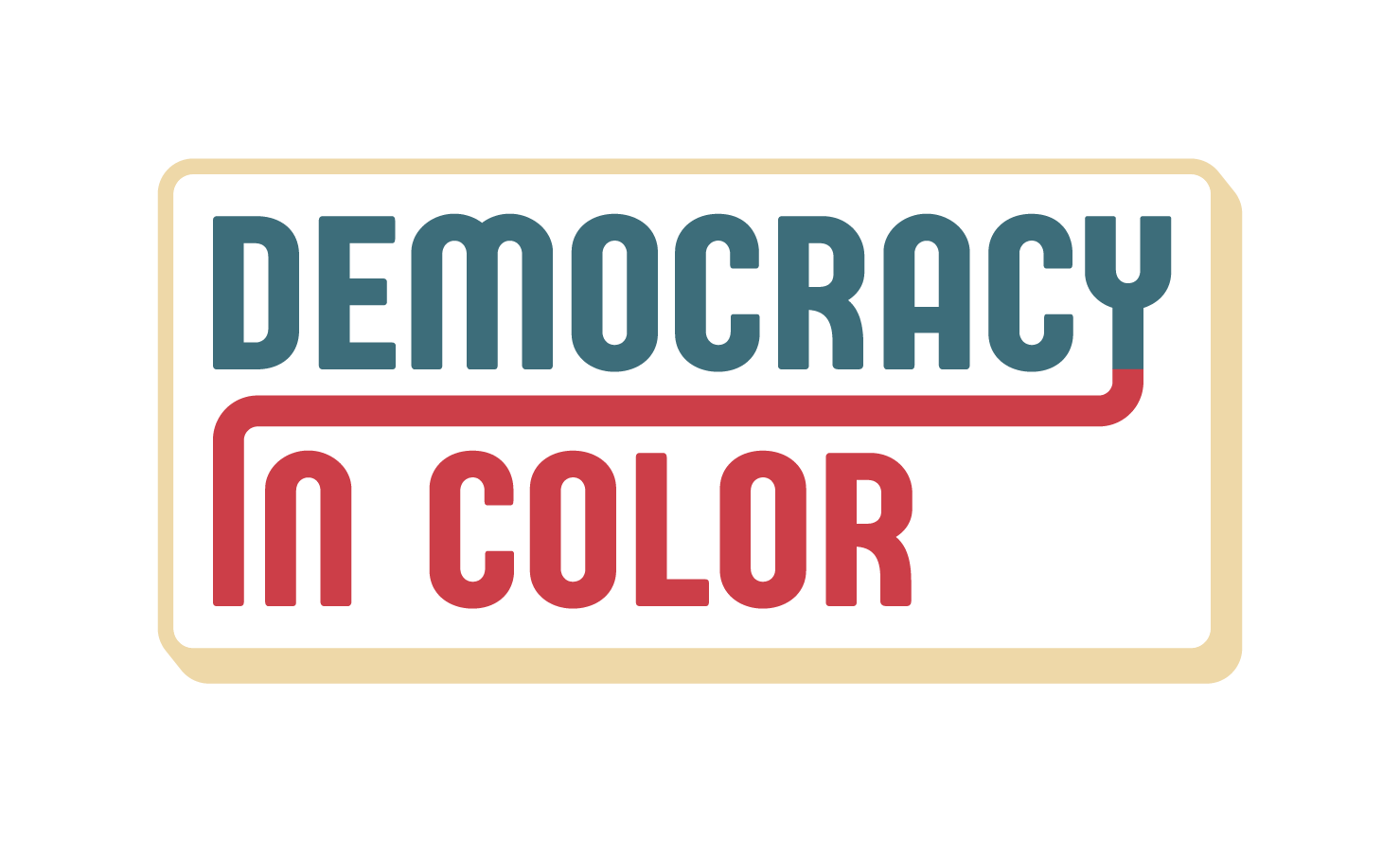Reports
This page is archived.
This year we looked at the spending of Democratic SuperPACs, paying particular attention to those working to defeat Trump and flip control of the Senate. Read more.
This report is part 2 of our Record of Racism report. This report catalogs public examples of racism by Trump and his administration from October 2018 - July 2020. Read more.
One of the key criteria for qualifying for participation in the Democratic presidential primary debates is a candidate’s performance in public polls. The appeal of such a criterion is the ostensibly neutral nature of such data, but a New York Times/Siena College poll released in late 2019 shows how much of a boost white men are getting in the polls and how much of a penalty women and people of color candidates face. Read more.
The population of South Bend, Ind. is roughly evenly divided between White people and people of color. Under Mayor Pete Buttigieg, 82.1% of senior appointees have been been White. This analysis seeks to include each individual appointed to a director-level position in city government by Mayor Buttigieg, in addition to his hires of the Chief of Staff to the Mayor’s Office — the highest staff position in that office beneath the mayor himself. Read more.
This report catalogs the first 200+ documented examples of racism by Trump and his administration from January 2017-August 2018. Read more.
Another Billion-Dollar Blunder? A mid-year progress report update to our Return of the Majority Report. Read more.
“Return of the Majority: A Roadmap for Taking Back Our Country” is a detailed plan calling for Democrats and progressives to spend $1 billion over the next four years focusing on mobilizing 10 million new voters—primarily people of color and progressive whites—to the polls in the 17 closest battleground states where Democrats won or lost the 2016 presidential vote by single-digit percentages. Read more.
This first round of report cards is an intensive look at the Democratic Senate Campaign Committee (DSCC), the DSCC Independent Expenditure, and five of the most competitive Democratic U.S. Senate races in 2016 including Nevada, Ohio, Wisconsin, Pennsylvania, and Colorado. If we do not effectively engage the voters most likely to vote for Democrats, we could waste this opportunity. Read more.








